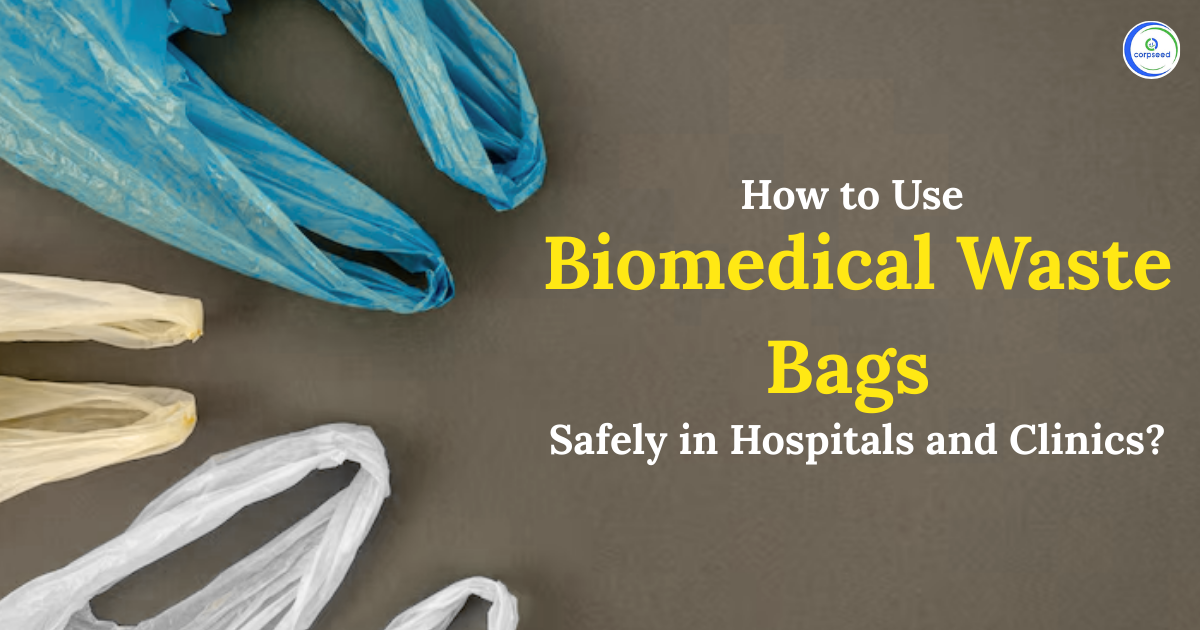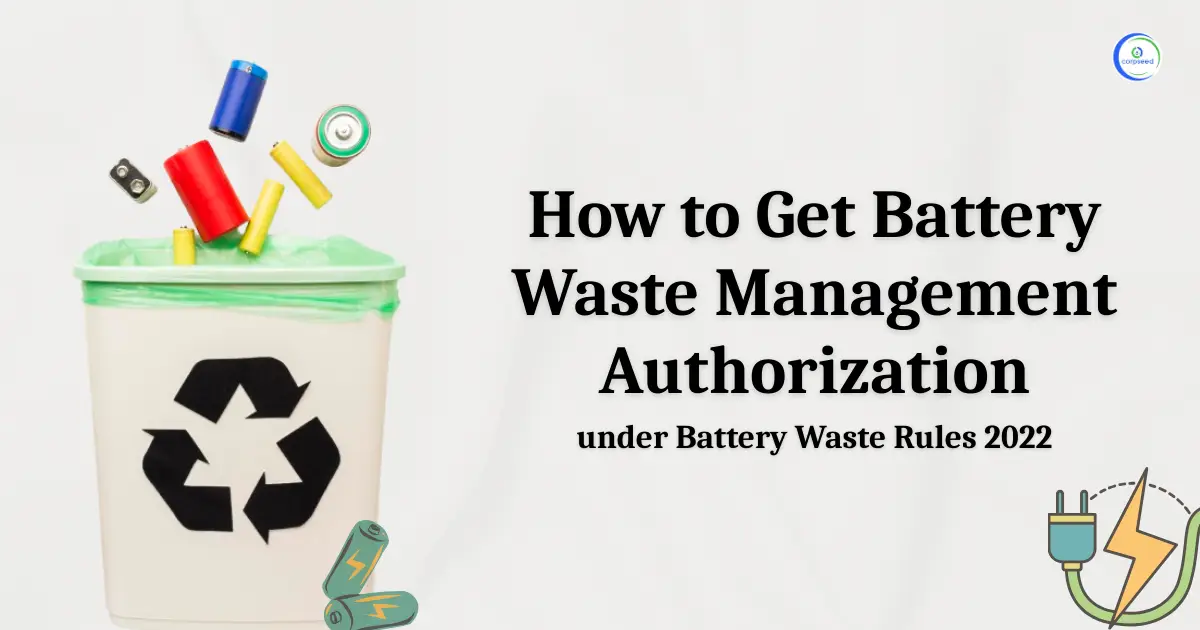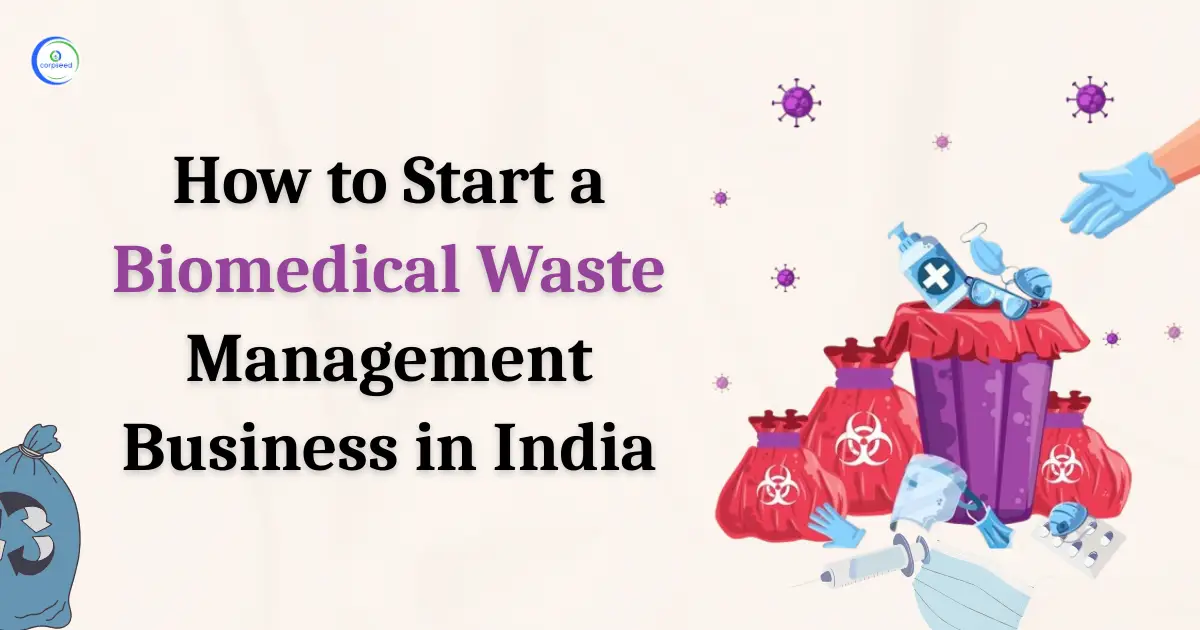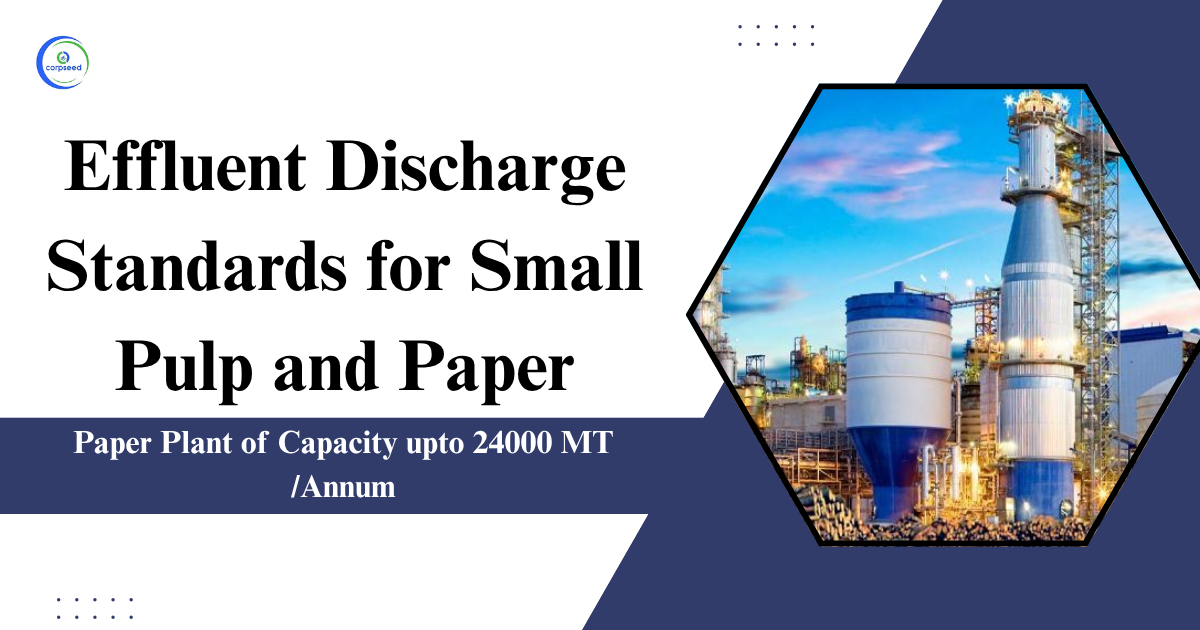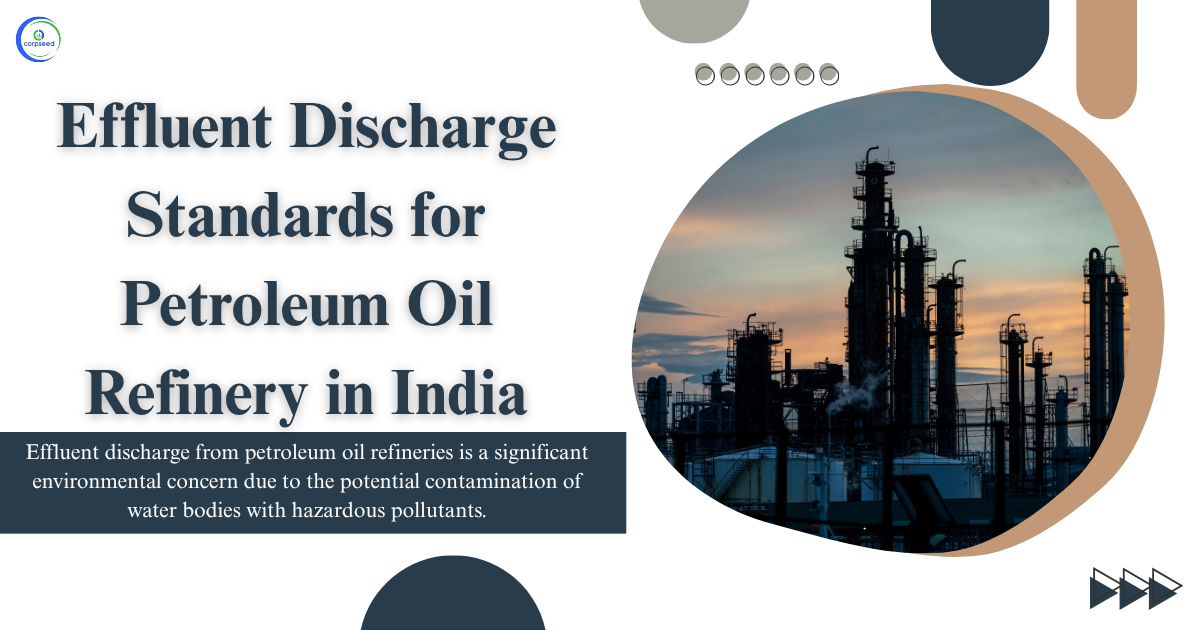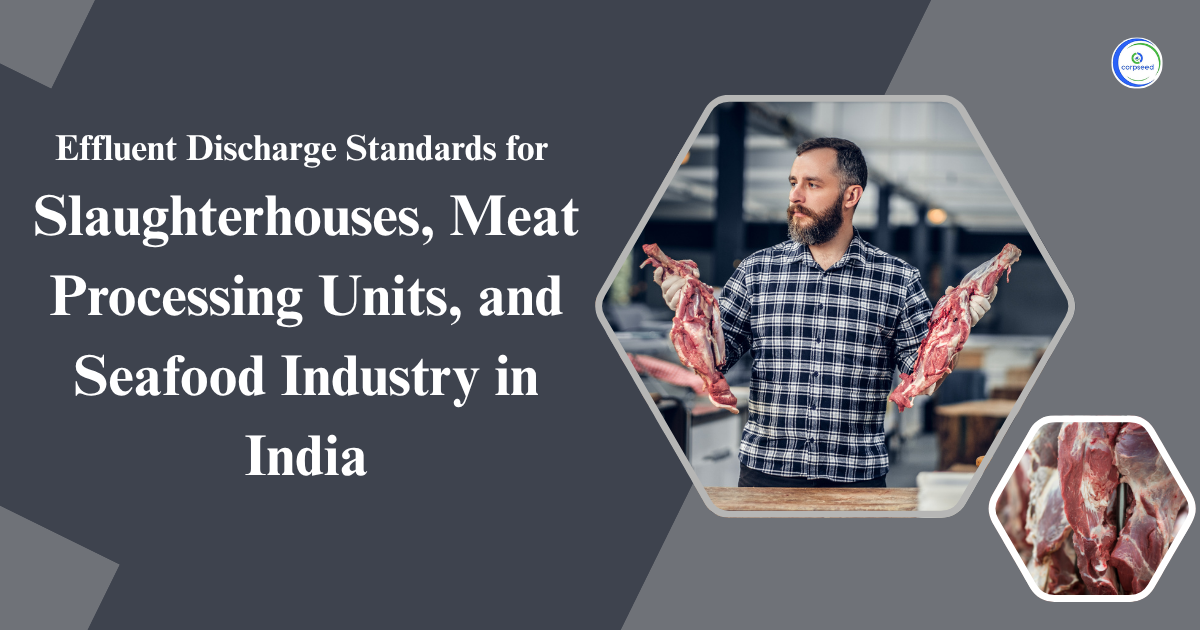The standards for emission or discharge of environmental pollutants for Common Effluent Treatment Plants (CETPs) play an important role in India’s efforts to control industrial pollution. With the latest revision under the Environment (Protection) Second Amendment Rules, 2024, in effect from September 1, 2025, the government has presented stringent standards to control the quality and quantity of industrial waste discharged into the environment. These standards ensure that CETPs treat wastewater to allowed levels before discharging it into aquatic reservoirs or land, safeguarding both ecosystems and public health.
Table of Contents
Understanding Environmental Pollutants
Environmental pollutants are harmful physical, chemical or biological substances emitted into the environment from several human activities, particularly from industrial processes. These pollutants can deteriorate water, air, and soil quality, affecting both ecosystems and human health. In the context of industrial operations, pollutants such as heavy metals, chemical residues, and organic pollutants are usually emitted. If not properly treated, they can pollute groundwater, affect aquatic life, and render agricultural land infertile. This is why CETPs, which are backed by strong monitoring of CPCB and SPCBs, are vital for collective wastewater treatment, mainly in industrial clusters.
Environmental Pollutants from Common Effluent Treatment Plants
Common Effluent Treatment Plants (CETPs) are intended to treat waste from numerous small and medium scale industries. However, these plants themselves can be sources of contamination if they are poorly maintained, overburdened or lack proper monitoring procedures. Some basic environmental pollutants from CETPs are:
- Biochemical Oxygen Demand (BOD): High levels of BOD show organic pollution. It mitigates dissolved oxygen in water, harming aquatic organisms.
- Chemical Oxygen Demand (COD): It imitates the total amount of chemical oxidants in the water, which is an important measure of organic and inorganic pollution.
- Total Suspended Solids (TSS): These particles mitigate water clarity and damage aquatic ecosystems. When effluents are released on land, it can also harm soil porosity.
- Heavy Metals (Lead, Chromium, Mercury, etc.): Even in trace amounts, these are toxic and bio accumulative, entering food chains and affecting human and animal life.
- Oil and Grease: These substances can form films on water bodies, minimize oxygen transfer, and pollute soil when used for irrigation.
--------------Blog Contact Form-------------
Benefits of Emission Standards
CETPs’ stringent emissions standards help control pollutant emissions and maintain environmental reliability. These standards ensure operational efficiency, foster public health, and implement industrial accountability.
- Protection of Natural Water Bodies: Discharge limits ensure that treated wastewater fulfills safe discharge principles before entering rivers or lakes, protecting aquatic life and water quality.
- Promotes Sustainable Industrial Growth: By sharing wastewater treatment infrastructure, small and medium industries can function sustainably, ensuring economic development without environmental degradation.
- Minimizes Public Health Risks: Compliance with emission standards mitigates contact to harmful substances. It helps avoid waterborne illnesses and chronic health problems in nearby communities.
- Improved Soil and Crop Quality: When waste is reused for irrigation, treated water helps maintain soil structure and avoids heavy metals from accumulating in crops, encouraging safe agriculture.
- Legal and Regulatory Compliance: Adherence to emission principles safeguards industries and CETP operators from fines, notices or shutdowns. It also boosts their environmental credibility and public trust.
Emission Standards for CETPs (Effective from September 1, 2025)
The Environment (Protection) Second Amendment Rules, 2024, introduce complete emission and discharge standards applicable to all CETPs from September 1, 2025.
| S. No. | Industry | Parameter | Standards | ||
| “55. | Common Effluent Treatment Plants (CETP) | ||||
| A. Inlet Quality Standards | For each Common Effluent Treatment Plant, the State Board or Pollution Control Committee (the Committee) will specify Inlet Quality Standards for general parameters, ammonical nitrogen and heavy metals as per design, local needs, and conditions of the Common Effluent Treatment Plant. | ||||
| B. Treated Effluent Quality Standards | Maximum permissible values (in milligram/litre except for pH and Temperature) | ||||
| Into inland surface water | On land for irrigation | Into sea | |||
| General Parameters | (i) | (ii) | (iii) | ||
| pH | 6-9 | 6-9 | 6-9 | ||
| Biochemical Oxygen Demand (BOD)3, 27 ℃ | 30 | 100 | 100 | ||
| Chemical Oxygen Demand (COD) | 250 | 250 | 250* | ||
| Total Suspended Solids (TSS) | 100 | 100 | 100 | ||
| Total Dissolved Solids (TDS) | 2100** | 2100** | NS | ||
| Specific parameters | (i) | (ii) | (iii) | ||
| Temperature ℃ | shall not exceed more than 5℃ above ambient temperature of the receiving water body | shall not exceed more than 5℃ above ambient temperature of the receiving water body | shall not exceed more than 5℃ above ambient temperature of the receiving water body | ||
| Oil and Grease | 10 | 10 | 10 | ||
| Ammonical Nitrogen | 50 | NS | 50 | ||
| Total Kjeldahl Nitrogen (TKN) | 50 | NS | 50 | ||
| Nitrate Nitrogen | 10 | NS | 50 | ||
| Phosphates (P) | 5 | NS | NS | ||
| Chlorides | 1000 | 1000 | NS | ||
| Sulphates (SO4) | 1000 | 1000 | NS | ||
| Flouride | 2 | 2 | 15 | ||
| Sulphides (S) | 2 | 2 | 5 | ||
| Phenolic compounds as C6H5OH | 1 | 1 | 5 | ||
| Total Residual Chlorine | 1 | 1 | 1 | ||
| Zinc | 5 | 15 | 5 | ||
| Iron | 3 | 3 | 3 | ||
| Copper | 3 | 3 | 3 | ||
| Total Chromium | 2 | 2 | 2 | ||
| Manganese | 2 | NS | 2 | ||
| Nickel | 3 | NS | 3 | ||
| Arsenic | 0.2 | NS | 0.2 | ||
| Cyanide (CN) | 0.2 | NS | 0.2 | ||
| Vanedium | 0.2 | NS | 0.2 | ||
| Lead | 0.1 | NS | 0.1 | ||
| Hexavalent Chromium | 0.1 | NS | 0.1 | ||
| Selenium | 0.05 | NS | 0.05 | ||
| Cadmium | 0.05 | NS | 0.05 | ||
| Mercury | 0.01 | NS | 0.01 | ||
| Bio-assay test | As per industry specific standards | As per industry specific standards | Industry specific standards As per industry-specific standards | ||
Key highlights include:
- Inlet and Outlet Effluent Quality: CETPs should monitor and control parameters such as pH, BOD, COD, and TSS. Inlet quality is measured to prevent overload. The quality of the outlet ensures environmental protection.
- Discharge on Land for Irrigation: When treated sludge is used for irrigation, it is necessary to manage CETP to monitor its effect on soil and groundwater twice, at the time of pre-monsoon and post-monsoon.
- Sewage Mixing Approval: Mixing of sewage with industrial waste is allowable only with the approval of the SPCB, ensuring that the combined load is controllable through the biological treatment process.
- Heavy Metal Concentration Limits: Standards differ for sectors, but all CETPs are required to handle metals such as Chromium, Lead, Nickel, Zinc, and Mercury to avoid environmental and health hazards.
| S. No. | Sector | Specific Parameters |
| 1. | Textile | Bio-assay test, Total chromium, Sulphide, Phenolic compounds |
| 2. | Electroplating | Oil and grease, Ammonia Nitrogen, Nickel, Hexavalent chromium, Total chromium, Copper, Zinc, Lead, Iron, Cadmium, Cyanide, Fluorides, Sulphides, Phosphates, Sulphates |
| 3. | Tannery | Sulphides, Total chromium, Oil and grease, Chlorides |
| 4. | Dye and dye intermediate | Oil and grease, Phenolic compounds, Cadmium, Copper, Manganese, Lead, Mercury, Nickel, Zinc, Hexavalent Chromium, Total Chromium, Bio-assay test, Chlorides, Sulphates |
| 5. | Organic chemicals manufacturing | Oil and grease, Bio-assay test, Nitrates, Arsenic, Hexavalent chromium, Total chromium, Lead, Cyanide, Zinc, Mercury, Copper, Nickel, Phenolic compounds, Sulphides |
| 6. | Pharmaceutical | Oil and grease, Bio-assay test, Mercury, Arsenic, Hexavalent chromium, Lead, Cyanide, Phenolic compounds, Sulphides, Phosphates |
- Zero Liquid Discharge (ZLD): In critical or water-scarce zones, SPCBs may enforce ZLD requirements, confirming no liquid waste is released from the premises.
Monitoring and Reporting by CETP Operators
To ensure strict enforcement of these standards, the rules mandate continuous monitoring and transparent reporting. Following:
- OCEMS (Online Continuous Effluent Monitoring System): Every CETP must mandatorily install OCEMS for real-time monitoring of emission parameters. The data must be linked to the CPCB or SPCB servers.
- Random Physical Inspections: SPCBs will conduct unannounced inspections to evaluate compliance, condition of equipment, and potential bypasses of untreated waste.
- Quarterly Public Reporting: Reports of CETP performance, including capacity utilization, water quality (inlet and outlet), compliance history, and legal proceedings, should be published periodical on SPCB websites.
- Effluent Transport Monitoring: Where waste is transported by tanker, vehicles should be GPS enabled. Quality is verified upon recognition, and data are logged to avert manipulation.
- On-Site Laboratory Facilities: Laboratory facilities must be available at each CETP to test critical parameters such as pH, COD, BOD, TSS, and heavy metals on a daily basis to ensure operational reliability.
- CCTV Surveillance: Video monitoring should be installed mandatorily at strategic locations to avoid any unauthorized discharges or system skirts during non-operational hours.
Conclusion
The standards for emission or discharge of environmental pollutants for Common Effluent Treatment Plants (CETP) are not only a legal obligation, but also a necessary means of balancing industrial development with environmental sustainability. The Environment (Protection) Second Amendment Rules, 2024, effective from 1 September 2025, indicates the commitment of the Indian government to strict environmental governance.
With better monitoring, advanced technologies like OCEMS, mandatory reporting, and direct monitoring of SPCBs and CPCB, CETPs are better equipped to meet their desired objectives. These efforts ensure that industries discharge only treated wastewater, adhere with environmental laws, and play a positive role in a greener and cleaner India.
This portion of the site is for informational purposes only. The content is not legal advice. The statements and opinions are the expression of author, not corpseed, and have not been evaluated by corpseed for accuracy, completeness, or changes in the law.
BOOK A FREE CONSULTATION
Get help from an experienced legal adviser. Schedule your consultation at a time that works for you and it's absolutely FREE.


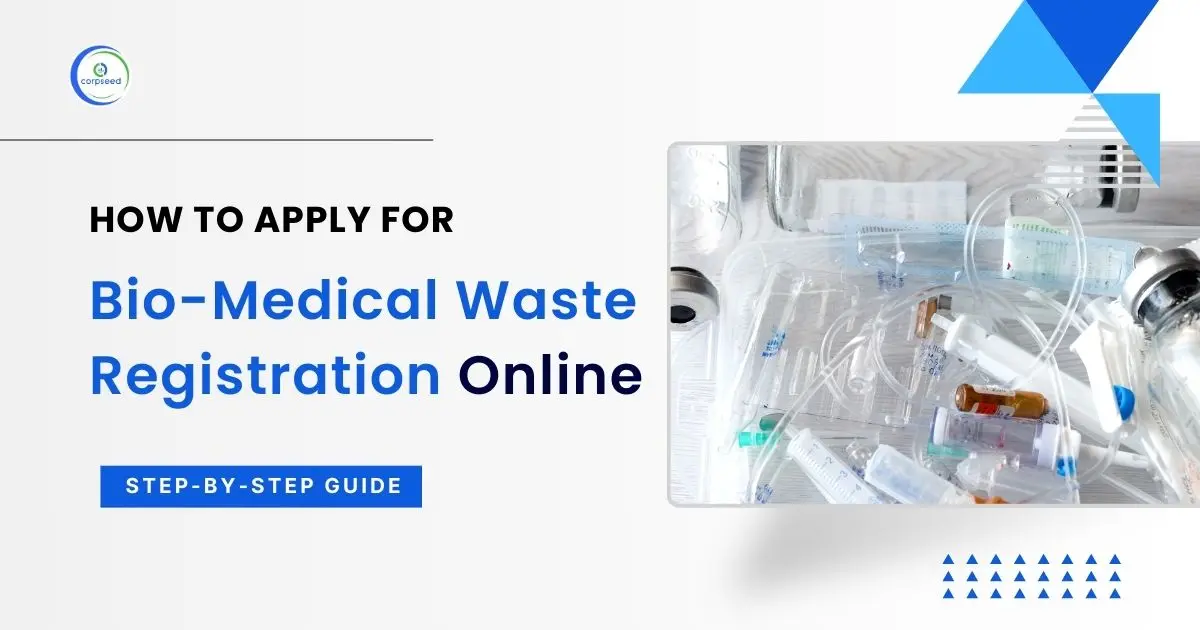
.webp)
